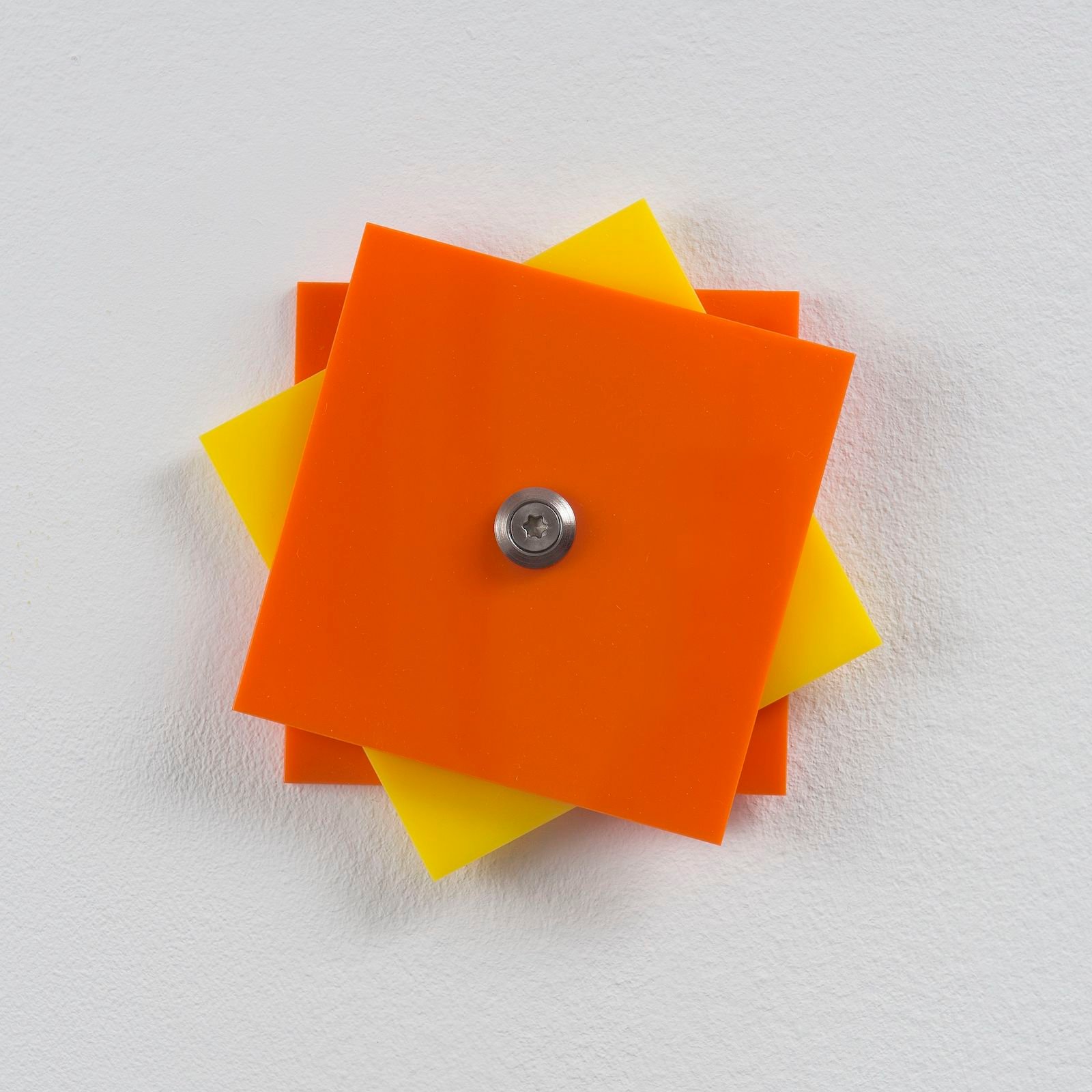
Visitors to Art Basel’s flagship fair in Switzerland this month (June 15-18) already have plenty to navigate, including the main Galleries sector with its 285 dealers, the Unlimited sector (for large works), Feature (for art historical projects), and Parcours (artworks in the city center), plus the film program.
This year, a new sector is joining the fair—Kabinett, a selection of thematic and curated presentations that has been part of the Miami Beach and Hong Kong editions, is coming to Basel for the first time.
“The inspiration for Kabinett is to offer a deep dive into specific themes and artists through thoughtfully curated presentations within the galleries’ booths,” Vincenzo de Bellis, Director, Fairs and Exhibition Platforms said in a statement. “While the main sector is where galleries traditionally exhibit the full range of their program, Kabinett allows them to provide a dedicated focus on particular positions—and offers visitors surprise encounters and new discoveries.”
In all, there will be 13 presentations within the booths, organized by 14 galleries (two are pairing up on one display). The participating galleries are: Air de Paris, Casas Riegner, Mehdi Chouakri, gb agency, Alexander Gray, Jenkins Johnson, Anton Kern, Kurimanzutto, Meyer Riegger/Franco Noero, Perrotin, Cristea Roberts, Esther Schipper, and Sies + Höke.
The featured artists range from globally known names like Georg Baselitz (with Cristea Roberts) and Anri Sala (with Esther Schipper) to beloved historical figures like Blinky Palermo (at Sies + Höke) and younger participants like Petrit Halilaj (at Kurimanzutto).
Here are some of the highlights to look forward to.
Saâdane Afif, John M. Armleder, Hans-Peter Feldmann, Sylvie Fleury, Mathieu mercier, Claudia & Julia Müller, Charlotte Posenenske, Peter Roehr, Gerwald Rockenschaub, Gitte Schäfer, and Luca Trevisani, at Mehdi Chouakri
John M. Armleder, Squeaky (2022). Courtesy Mehdi Chouakri Berlin and John M. Armleder, Geneva. Photo ⓒ Patxi Bergé.
Yes, that’s a lot of artists for a presentation inside part of a booth, and in fact Mehdi Chouakri is showing works that range in size “from small to miniature.”
“In addition to artists like Peter Roehr, who are known for their miniatures, artists are represented who one does not at first associate with this kind of subject, like John Armleder whose tiny objects would relate to large-scale installations,” the gallery says. “Sylvie Fleury is represented, among other works, with a miniature cuddly painting following her long-standing use of artificial fur.”
Genesis Belanger at Perrotin
Genesis Belanger, He Loves Me, He Loves Me Not, 2023. Photo Pauline Shapiro, courtesy Perrotin.
Interviewing artist Genesis Belanger for Artnet News in 2019, Taylor Dafoe wrote that “the work feels decidedly of the moment,” adding that Belanger “taps into the strangeness of our late capitalist landscape.”
Though she’s just in her 40s, Belanger’s surreal sculptures have earned her an installation at New York’s New Museum and solo shows at the Consortium in Dijon, France, and the Aldrich Contemporary Art Museum in Ridgefield, Connecticut.
“Objects become surrogates for the human body in her work, which is principally concerned with the manifestation of capitalist myths on a gendered psyche,” the gallery explains.
Blinky Palermo at Sies + Höke
Blinky Palermo, Untitled (dedicated to Thelonious Monk), 1973, © VG Bild-Kunst, Bonn. Photo Achim Kukulies, Düsseldorf.
German artist Blinky Palermo (born Peter Heisterkamp) studied under Joseph Beuys, and took inspiration from disparate sources such as Fluxus performances and pioneers of abstract painting like Kasimir Malevich. Before he died in 1977, at just 33 years old, he had been included in Harald Szeemann’s Documenta 5 in 1972 as well as the 1976 Venice Biennale. Dia curator-at-large Lynne Cooke organized a well-received 2011 retrospective.
“His art is endlessly confusing and challenging,” wrote critic Blake Gopnik for Artnet News in 2015, “without ever quite making clear how it is it confuses.”
Sies + Höke will show painted objects and works on paper that, per the gallery, demonstrate “the artist’s untamable thirst for life, as well as his conceptually encrypted search for his own identity.”
Dewey Crumpler at Jenkins Johnson Gallery
Dewey Crumpler, Tulip Memories I (c. 1993–1998), acrylic on canvas. Courtesy of the artist and Jenkins Johnson Gallery. Photo: M. Lee Fatherree.
The San Francisco-based Jenkins Johnson Gallery is featuring work by the longtime San Francisco Art Institute painting professor Dewey Crumpler, who taught artists like Kehinde Wiley and Deborah Roberts. The gallery’s display focuses on two objects that have been recurring motifs in Crumpler’s work for more than 30 years: the tulip and the slave collar.
“The tulip emerged into Dewey Crumpler’s work after a visit to Amsterdam,” the gallery explains. “Crumpler was attached to the physicality of the flower, its simultaneous fulness and emptiness, as well as to its relationship to space. He analogizes tulips to African bodies when they move; tulips like Africans, were taken out of the original environment, shipped around the world, and therefore transformed.”
“The shackle form, originally an African dance instrument associated with joy and power, was manipulated into a rigid tool of oppression by slave owners,” the gallery adds. “Through Buddhist transcendence, Crumpler turns the shackles into a metaphor for the mind resisting oppression.”
More Trending Stories:
A Sculpture Depicting King Tut as a Black Man Is Sparking International Outrage